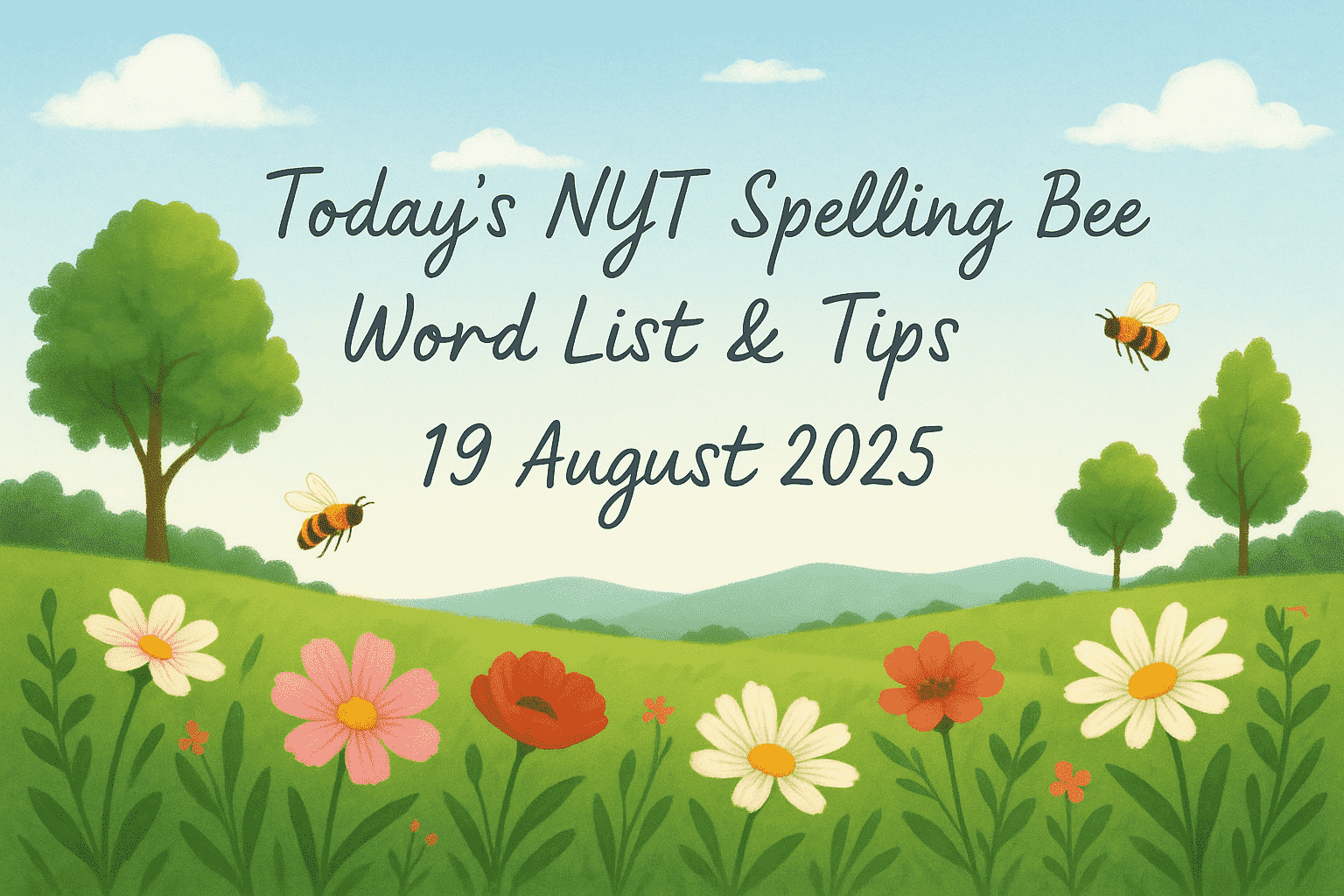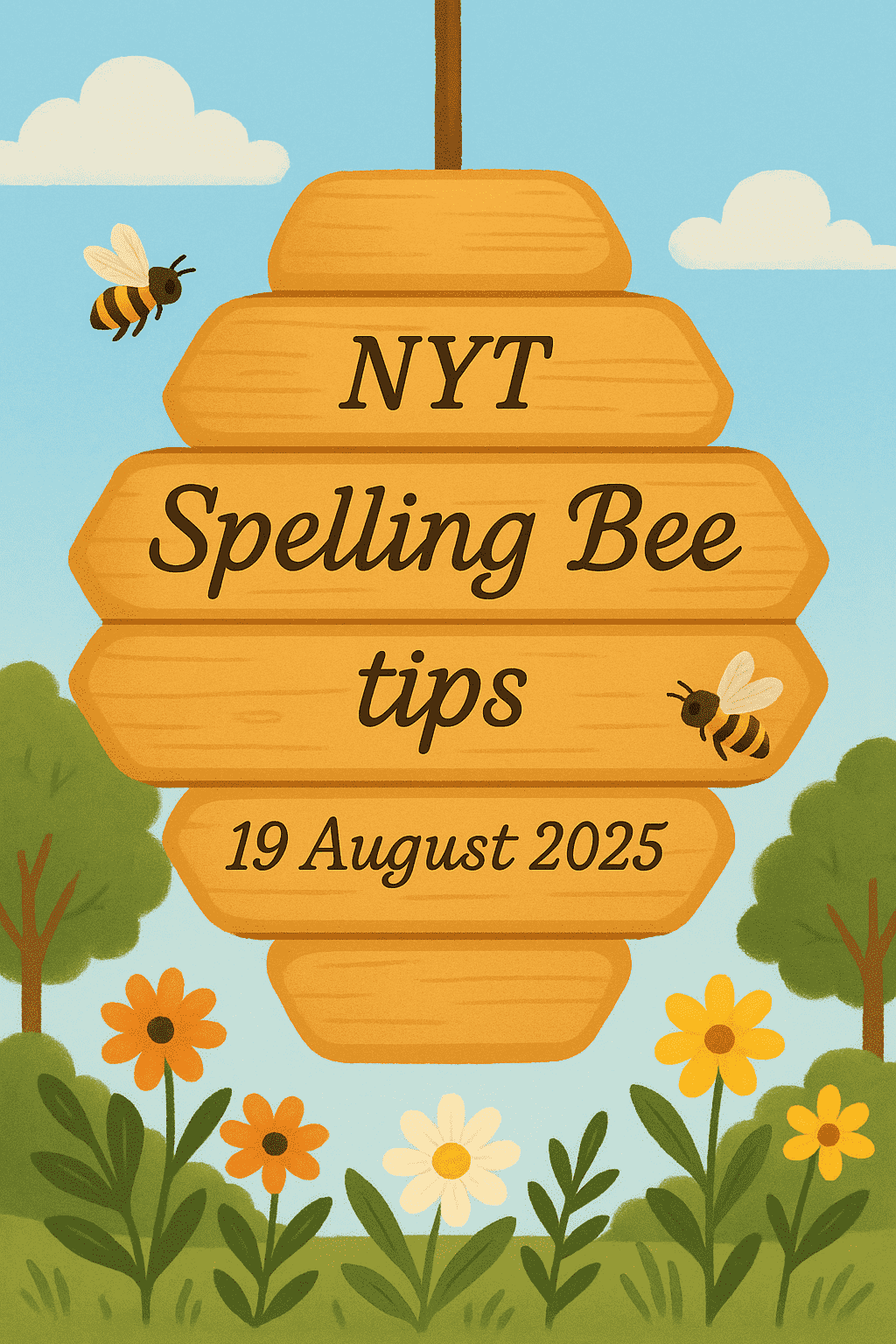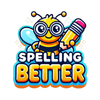Today’s New York Times Spelling Bee puzzle had O as the center letter, with the outer letters E, I, T, Z, M, N. At first glance, the set looked promising — we had three strong vowels (O, E, I) and a nice mix of consonants. With these letters, I knew longer words were possible, especially those ending in -TION or -MENT. After working through some trial words, the pangram revealed itself: MONETIZE.
This blog post explains how I solved the puzzle and provides the complete word list I discovered along the way.
NYT Spelling Bee daily puzzle with answers
Step 1: Looking for the Pangram
The first step in solving any Spelling Bee puzzle is to scan for potential long words that use all seven letters. The presence of Z immediately caught my attention, since it’s not a common letter and usually plays a key role in the pangram. Combining Z with MONE- and the center O, I tested different builds.
That’s when MONETIZE popped out — a perfect pangram, using all seven letters and making complete sense as a modern, everyday word. It means to convert something into money, or to generate revenue from it.
Step 2: Building Out Shorter Words
After finding the pangram, I focused on gathering smaller, quick wins. Short words are important because they not only score but also spark ideas for bigger ones.
Some of the obvious ones included:
-
ION, ONE, TON, ZOO, MEN, TIE, NOT, TEN
These 3- and 4-letter words were straightforward and got me moving.
Step 3: Expanding with Word Families
The next step was to look at roots and endings that could create clusters of words. Here are a few families that worked well:
-
-TION / -ION endings: NOTE, EMIT, OMIT, EMOTION
-
Z- cluster words: ZONI, ZONE, ZOOM, ZONEMI (some not valid, but testing them helped)
-
MENT / MENT-: MINT, MOTE, MENTION
This method ensured that I systematically built from roots instead of randomly guessing.
Step 4: Uncovering Longer Words
From here, I looked for 6+ letter entries that often unlock more points:
And of course, the star of the day: MONETIZE.
Pangram

Word List I Found
(The NYT official list may vary, but these are valid words made from the hive.)
4-Letter Words:
- TONE
- MINT
- ZONE
- NOTE
- OMIT
- EMIT
- MOTE
- NONE
- TOME
5-Letter Words:
- EMOTE
- MIMEO
- MENTO
- MONIE
- MONTE
- MOTET
- MOTTO
- ONION
- OZONE
- TONNE
6-Letter Words:
- TOONIE
- TOMTIT
- MOMENT
- INTONE
- TONEMI (rare/variant)
- NOTION
- MOTION
- MINION
- INTONE
7+ Letter Words:
- MONETIZE (pangram),
- EMOTION
- MENTION
- INTENTION
- MEMENTO
- MEZZOTINT (pangram)
- MONOTONE
- OINTMENT
- TIMEZONE (pangram)

Strategy That Helped
-
Spot unique letters. With Z in the hive, I immediately checked where it could fit. That shortcut led me straight to MONETIZE.
-
Leverage -ION endings. Whenever I, O, N, T, E appear together, words like MOTION and NOTION are almost guaranteed.
-
Work systematically. Instead of guessing, I grouped roots like MON-, MENT-, and ZON- to extract full families of words.
-
Use modern vocabulary. Words like MONETIZE are classic Bee material — contemporary but dictionary-approved.
-
Stay patient. Some of the best finds, like MENTION and EMOTION, only emerged once I slowed down and tested combinations carefully.
Wrapping Up Today’s Hive
Today’s puzzle was both fun and logical. The pangram MONETIZE felt especially satisfying because it’s a word we hear so often in today’s digital age, yet it was hiding in plain sight in the hive. From smaller building blocks like NOTE, OMIT, EMIT to longer gems like EMOTION, MENTION, NOTION, the hive offered a smooth balance between simple and challenging entries.
The trickiest part was making sure I didn’t overlook the obvious -TION family. Once that clicked, the board opened up beautifully.
Overall, this was a rewarding puzzle that reminded me of the importance of spotting anchors like Z and endings like -ION early on. With those patterns, even tough-looking hives become manageable and enjoyable.
How about you — did you find MONETIZE quickly, or did it take some digging through shorter words first? Share your solving process in the comments!






